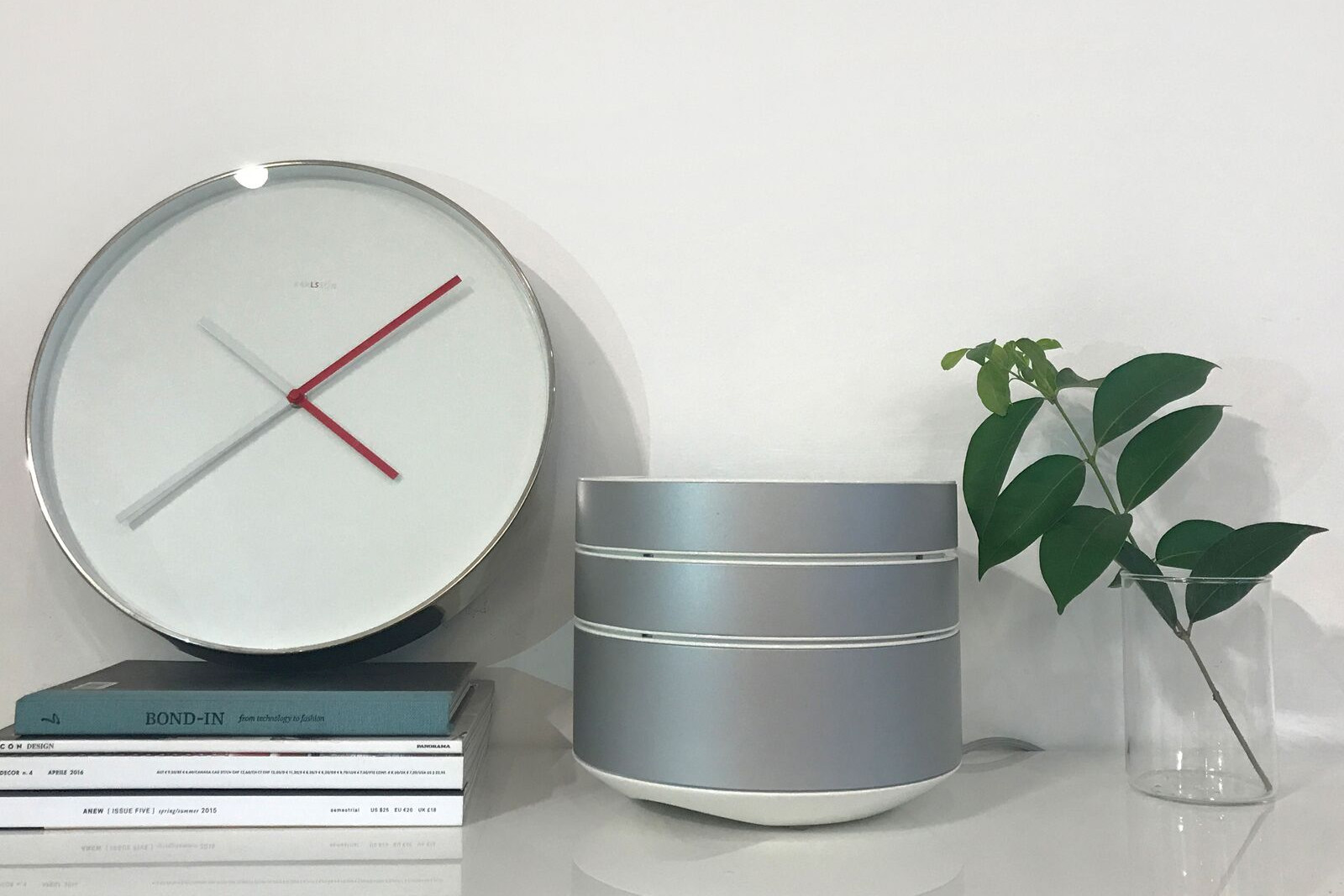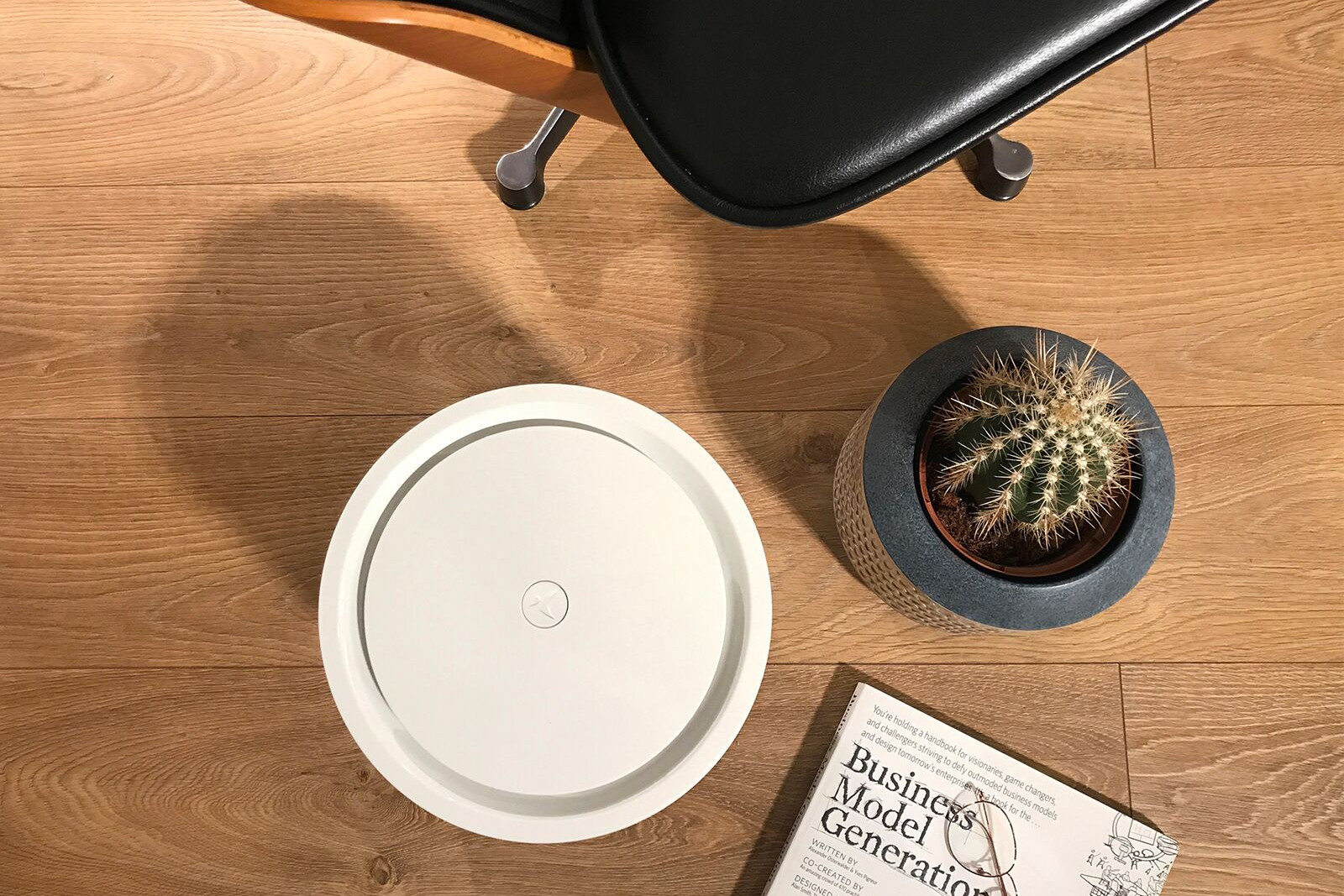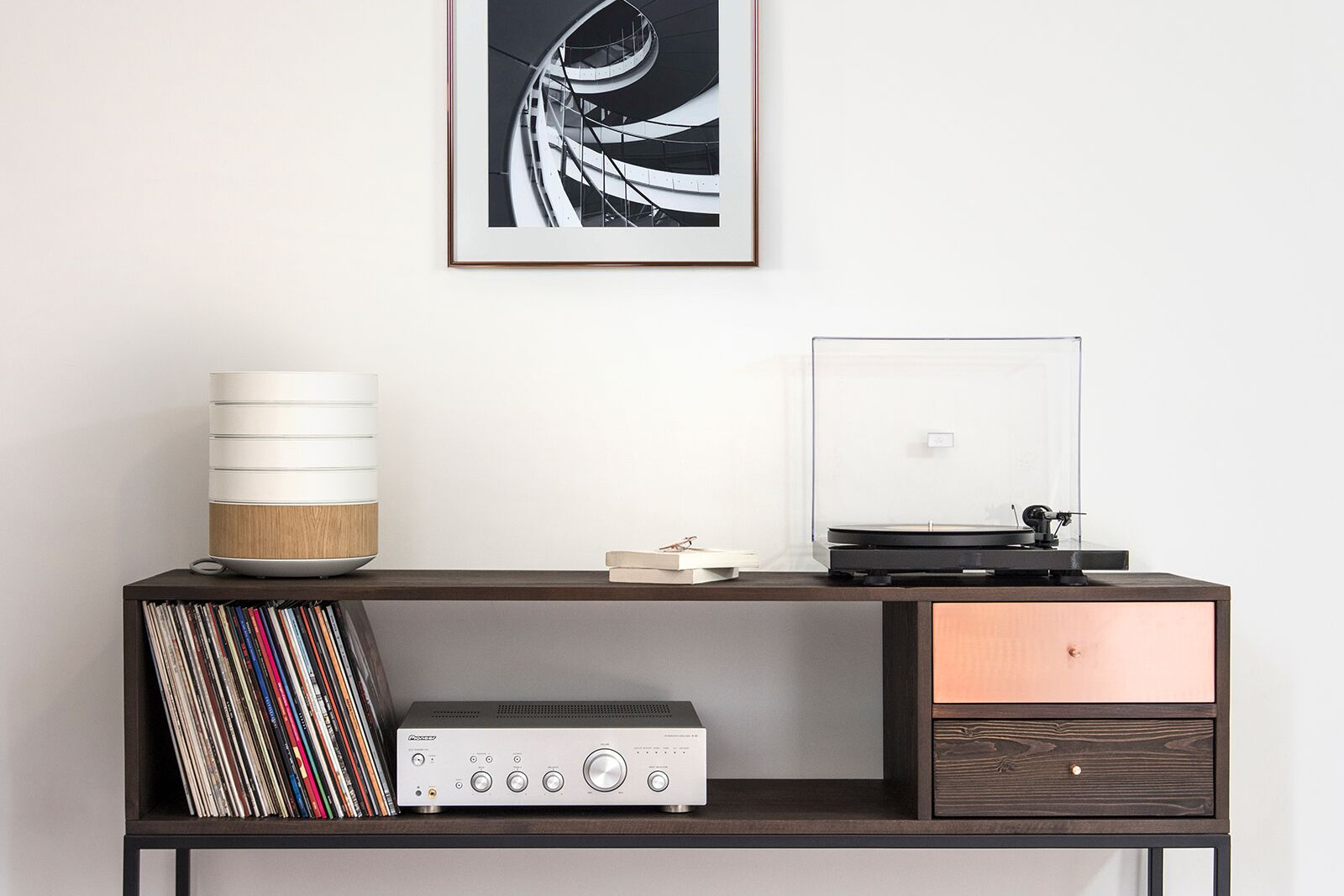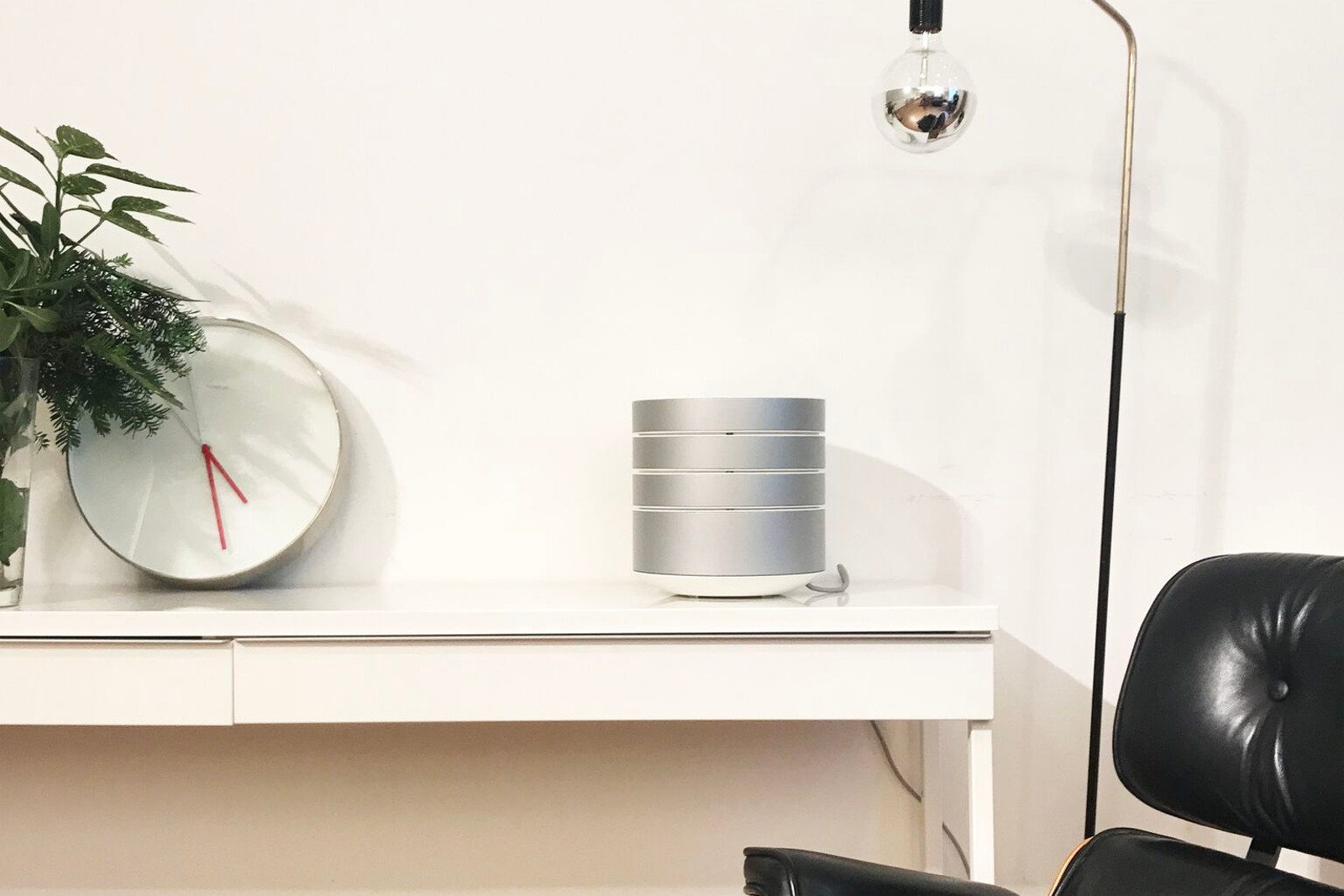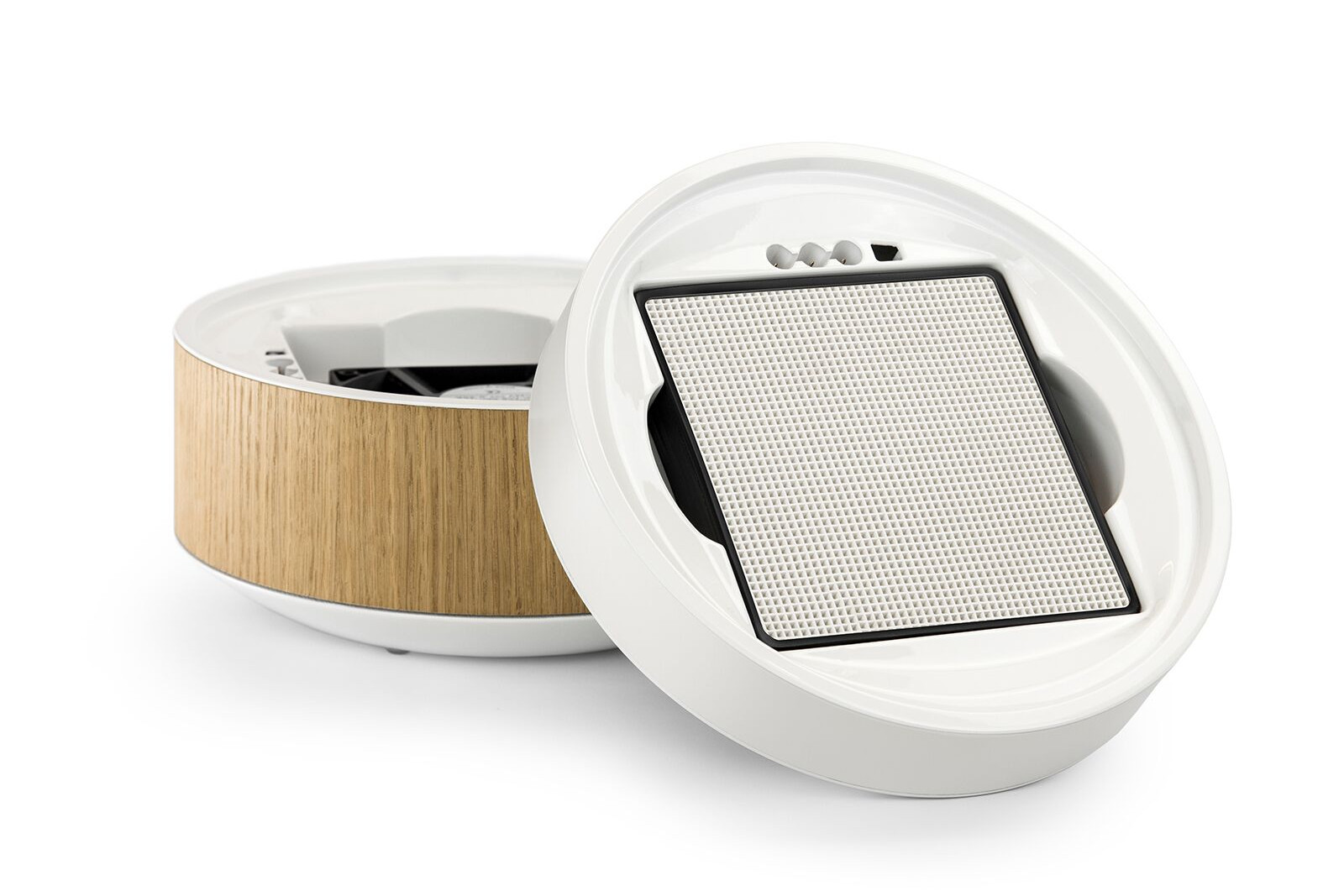Using patented, nanostructured, honeycomb-shaped ceramic filters, the Brid air purifier breaks down harmful substances in the air. With a porous ceramic surface that has nano titanium particles fixed into its structure, the filter is extremely durable. While other competitors might require owners to purchase additional filters, Brid’s will last virtually forever.
And while competitive products might require owners to purchase additional filters, Brid’s will last virtually forever. Users simply rinse the filter under the faucet, let it dry, and put it back in to make it good as new.
Other innovations include Brid’s patented Clean Photocatalysis process. Photocatalysis uses light to increase the rate of a chemical reaction. Typically, photocatalytic purifiers use UV light, which produces ozone. Instead of UV light, the Brid air purifier uses visible LED lights and a modified titanium dioxide recipe to create the first ozone-free photocatalytic air purifier.
Depending on a user’s needs, Brid features a modular design capable of adding a second or third power filter module. These additional modules can speed up the cleaning process or help it clean larger environments. For example, a space that is 900 cubic feet can be 90 percent cleaner in one day with one filter. By adding one or two more filters, the time can be cut to 12 hours or six hours, respectively. Additionally, the modular design allows future upgrades to be implemented more easily.
At the press of a single button, Brid can be up and running anywhere worldwide. It can even be used inside a car with an available car adapter, making it perfect for people commuting through areas that have heavy traffic or other pollution. If users are away from the unit, they can monitor filters, check air quality, and operate between auto, night, and boost mode using the companion app.
Currently, Brid is available for pre-order through Kickstarter. It comes in three different sizes and three different designs including pure metal, clear white, and deep blue. Prices start at $299 for a single Brid with shipments expected to deliver in February 2018.
Editors' Recommendations
- Is a smart air purifier a wise investment?
- Ikea’s new Dajlien home fitness collection features portable air purifier, much more
- Do air purifiers work?
- 10 tips to make the most of your air purifier
- New Ikea air quality sensor arrives just in time for spring
